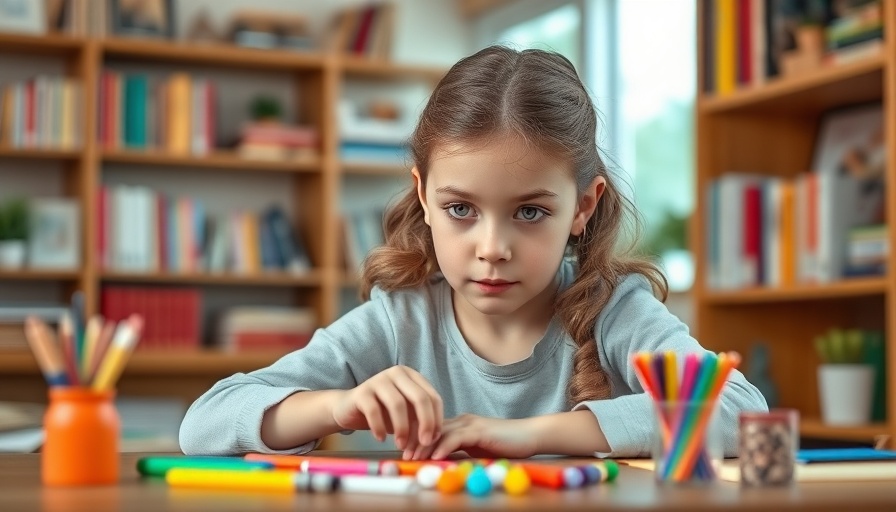
Discovering Kindness Through Children’s Eyes
In today’s fast-paced world, where cynicism often interrupts gestures of goodwill, we can turn to our children for lessons in kindness. They display this fundamental human trait in fresh, untainted ways. Children often operate from a place of genuine empathy, curiosity, and compassion, illuminating pathways to kindness that adults may overlook. Exploring their approach can help us to reconnect with our inherent capacity for kindness, fostering a more compassionate society.
The Innocent Wisdom of Youth
Children possess an innate ability to express kindness without fear of judgment. Whether it’s a simple smile or helping a friend in need, their actions are based on instinct rather than social norms. For instance, a child who shares their favorite toy with a peer exhibits an unfiltered expression of goodwill, not motivated by any expectation for reciprocation. In these moments, they become our teachers, reminding us that kindness is not transactional; it is a reflection of who we are.
Scientific Perspectives on Kindness and Its Impact
Research in psychology highlights that acts of kindness trigger a release of oxytocin, the hormone associated with feelings of love and trust. This physiological response does more than uplift spirits; it also strengthens social bonds and enhances our mental health. Observing children’s pure acts of kindness offers insight into how these moments can catalyze emotional well-being. By embracing the lessons from our youth, we can cultivate an environment rich in compassion and respect, ultimately improving our own emotional landscapes.
Real-Life Applications: How to Foster a Kinder Generation
To nurture kindness in children, adults can implement simple strategies that create a culture of compassion. Encouraging children to engage in community service, share their feelings openly, or participate in acts of kindness can significantly help shape their perspectives. Schools can play a pivotal role by integrating kindness into their curricula, teaching students valuable life skills like empathy and cooperation. This creates an ongoing promotion of kindness, empowering children to lead by example in their communities.
Engaging with Kindness in Daily Life
Incorporating small acts of kindness into our daily routines can create a ripple effect within our families and communities. Start by modeling kindness in simple contexts, such as greeting neighbors or volunteering time at local shelters. These acts reveal to children that kindness is a habit to be cultivated, not just an occasional expression. With every act, whether big or small, we create opportunities for hope and connection, countering the negativity often seen in the adult world.
Challenges and Misconceptions Surrounding Kindness
While many understand the importance of kindness, misconceptions cloud our perception. Some believe that kindness is a sign of weakness, making them hesitant to express it. Others may view it as an act that must be rewarded, deterring genuine emotional expressions. By confronting these beliefs collectively, we can reshape narratives surrounding kindness. Emphasizing that kindness is a strength can empower individuals, fostering a culture where compassion prevails over skepticism.
The Gift of Kindness: Reflections and Action
Recognizing where kindness thrives among children provides us with the ability to reclaim our own capacity for empathy. Their unrestricted expressions remind us of our shared humanity and the power we hold to affect change through simple, caring actions. As adults, sharing these lessons with the children in our lives reinforces the importance of kindness as a core value, galvanizing a kinder world for generations to come.
 Add Row
Add Row  Add
Add 




 Add Row
Add Row  Add
Add 

Write A Comment